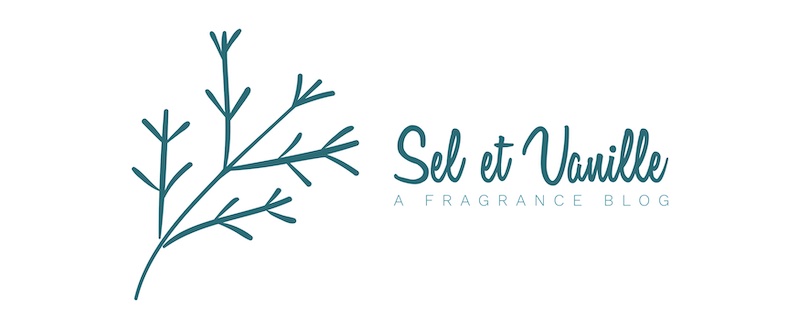The leaves are still just changing into their autumn festive colors, but it feels like Christmas to me already. A very fragrant one indeed.
I have barely had the time to digest all the news and smells from the fall Sniffapalooza ball in NYC, where Marissa herself presented her creations.And now a huge traveling sample box of niche scents, edited and rolling between a small group of fragrance enthusiasts, hit my doorstep. I have only a week or so to get my nose on it, so very few things will get down on paper, but Marissa Zappas, dear fragheads, is one that deserves a few words.
These days, it is so rare for fragrance houses to be able to maintain their signature. Sure, there is Hermés and their rock-star-level in-house perfumers Jean-Claude Ellena and Christine Nagel. Yes, the guerlinade, too.
The industry standard is outsourcing the creative process and licensing the scent, so literally, every single bottle by the same house can come from a different nose. It may lead to more creativity. But it may also lend to having a line of scents that is all over the place, having no uniting idea behind them. (Yes, the argument could be the other way around – with strong creative direction, this process could enable the houses to stay on-brand while not becoming boring iteration of the same.)
The three scents by Marissa Zappas I’ve tested today do posess that. The “Je ne sais quoi” entwined through them like a red thread. It tells you that yes, indeed, this is one house and one nose, one strong signature.
Marissa Zappas is an independent perfumer creating her own scents under her own brand. All is connected.
There is this gentle femininity going through all of them. Not a girly-girl kind of feminine, but rather introspective, quiet and bold at the same time, a little nostalgic. Beauty that doesn’t need to scream for attention.
All three are recent works that seem to revolve around a central note, with the rest of the accords highlighting certain facets of the core player.
Marissa Zappas: The Sun card
Built around creamy frangipani flower (plumeria), supported by a heliotrope, spice, hay and amber. It opens powdery, almost almondy, and the sweet, creamy, heady frangipani is present from start to finish. Heliotrope brings the almondy, powdery tones upon opening, which mellow into milky, creamy, lactonic facets of frangipani. I can detect a hint of vanilla, cinnamon, maybe cloves. The amber base is round and soft. The combination with hay gives it dry, sunlit, peaceful, happy, and warm feel.
The twist here seems to be the frangipani flower, often associated with beach and sunscreen, being accompanied by hay, further developing the idea of sunny days, but taking off the sweet edge and making it feel more grounded. More of an inner-happiness scent rather than loud bursts of laughter at a beach party.
Marissa Zappas: Lilac Dream
Front-to-end lilac. This is a soliflore lilac, where all the other notes have a role of complimenting and elevating the central idea. It opens sparkling and almost juicy floral, further settling into a more nectary lilac. It feels like spring, with the lilac being realistic and dewy, settling into a light vanilla musky base – which never quite overpowers the lilacs. There are green and fruity-woody hints wrapped around the edges, that elevate the impression of being outdoors. Again gentle and solidly grounded, well-performing scent.
Marissa Zappas: Violette Hay
This one gave me the most head-scratching. Is it two-sided, three-sided, hard to approach, or easy to approach? I was whiffing and sniffing, putting my words together, tearing them apart, rinse and repeat. Is that the saffron note, or is it the spicy facet of a violet flower? While this is furthest from a soliflore, it still seems to follow the idea of deconstructing the main note into highlighted facets, only here the other players are loud enough to make the violet almost disappear.
Overall, the scent still carries that same serenity as the previous two, it is warm, calm, inviting. It opens with powdery coumarin-type of scent and earthy notes of the carrot seed, giving way for the violets to shine for a moment, before they morphe into the fruitiness and hay. The hay slowly starts to take over, and it is as if the violet morphed back and forth. There are powdery, musky, almost metallic facets, and earthy nuances drawn from the saffron and suede, sweetened, but not sugared. It’s calm, pretty, introspective, inoffensive. Some twenty minutes later – oh, hello – the carrot seed plays a brief solo, before calming down to earthy, almost mushroomy musky floral. Soft, elegant, grown-up floral.
Over to you. Should fragrance houses produce on-brand, recognizable scents, where a single whiff would make you go “aaah, Chanel, nice to see you again”. Or is it at the cost of creativity?








Leave a Comment